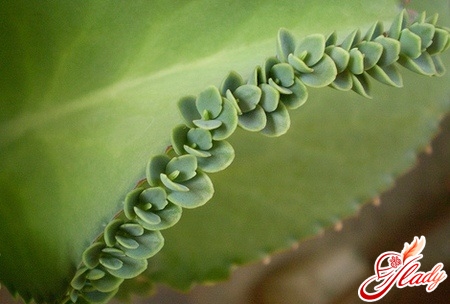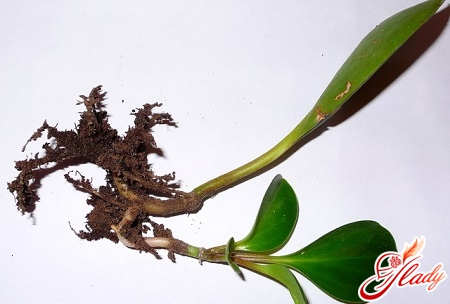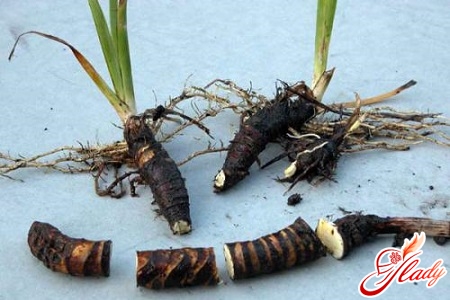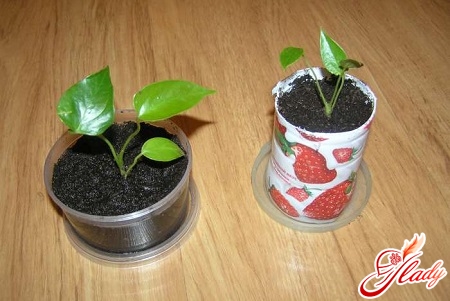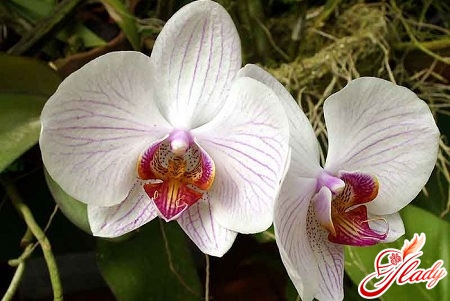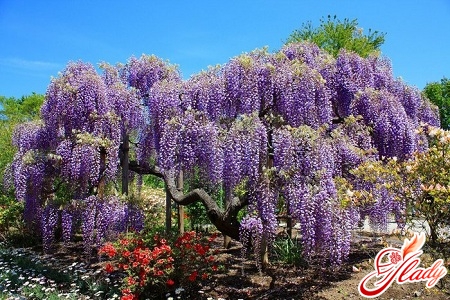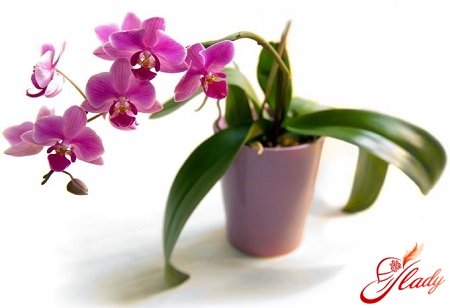 Orchids are the most beautiful creations of nature.And it is difficult to argue with this statement. There are quite a lot of varieties of this plant - all of them are different and unique in their own way. There are varieties that require special and careful attention, and there are those that will not bring their owners much trouble. Therefore, any gardener can choose the flower that suits him both in terms of growing conditions and the complexity of care. Today we will talk about what kind of care orchids need in winter. At this time of year, many of them are in a pronounced state of rest and do not require too much attention. Some are able to please us with fragrant buds all year round, but they also need care in winter that is different from summer and spring. Since it is impossible to cover all types of this flower in one article, we have chosen those that are most common among amateur gardeners. And using their example, we will tell you how to care for orchids, and also dwell on the features of their cultivation. It is worth noting that all plants are divided into three categories:
Orchids are the most beautiful creations of nature.And it is difficult to argue with this statement. There are quite a lot of varieties of this plant - all of them are different and unique in their own way. There are varieties that require special and careful attention, and there are those that will not bring their owners much trouble. Therefore, any gardener can choose the flower that suits him both in terms of growing conditions and the complexity of care. Today we will talk about what kind of care orchids need in winter. At this time of year, many of them are in a pronounced state of rest and do not require too much attention. Some are able to please us with fragrant buds all year round, but they also need care in winter that is different from summer and spring. Since it is impossible to cover all types of this flower in one article, we have chosen those that are most common among amateur gardeners. And using their example, we will tell you how to care for orchids, and also dwell on the features of their cultivation. It is worth noting that all plants are divided into three categories:
- Orchid without expressed rest
Care for such orchids should be even:watering, lighting and temperature conditions are the same almost all year round. However, it is worth considering that caring for them in winter is slightly different. Such plants include the well-known phalaenopsis, miltonia, paphiopedilum (slippers);
- Orchid, in need of changing the content
They do not hibernate completely, but care is takenchanges dramatically with these orchids: watering and fertilizing in winter are reduced several times. Examples of such plants are some types of dendrobiums, cattleyas, lelias, oncidiums.
- Orchid with a pronounced rest period
Special care is required: complete drying of the soil.That is, watering stops completely. At this time, the plants completely lose their leaves, new shoots appear only in the spring. Such orchids include: dendrobiums (several species), tunias, pleiones, calanthas. In order to know exactly how to properly care for an orchid, when buying a plant, be sure to ask the seller about its features.
Care for orchids without a pronounced resting state
- Phalaenopsis
Proper care of this orchid meansprovide it with bright lighting. In winter, fluorescent lamps are needed. The required air temperature is not lower than 12 degrees. Watering in the cold season is moderate, it is necessary only when the soil is completely dry. Watering procedures are best done by immersing the pot in a container with water. Leave the flower in this state for 20-30 minutes, then take it out and let the water drain. The orchid needs spraying, but it is better not to carry out this procedure in winter. In autumn and winter, it is necessary to spray only the air around the flower. Care during this period does not include fertilizing.
- Pafiodipelum
Equally moderate watering is required all year round.This orchid produces flower stalks in winter, so additional lighting is needed at this time of year. It loves diffused and bright light. The air temperature in the room where the orchid is located should be at least 10, but not more than 18 degrees. When watering the plant, make sure that water does not get on the base of the flower, otherwise the stem may begin to rot.
- Wanda
Heat-loving orchid.Needs a temperature of at least 18 degrees. The substrate should be constantly moist, watering is done by lowering the plant into a container with water to the level of the lower leaves. Spraying of aerial roots is also necessary. Backlighting is required.
- Miltonia
Just like Vanda, it loves heat, howeverprefers shaded areas. Therefore, backlighting in winter is not necessary. The air temperature during the day is 20-25 degrees. At night - not lower than 15 degrees. The orchid reacts painfully to drafts and changes in temperature. It likes abundant watering during flowering (spring-summer). But in winter, water procedures are moderate - before the next watering, the soil must be completely dry. Fertilizing is completely canceled.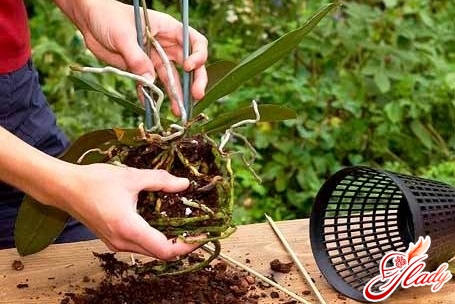
Care for orchids with a mild rest period
- Cattleya
This orchid species has many hybrids.They can be divided into two main types: those blooming in spring and those blooming in autumn. However, it is worth noting that this division is only a convention, since favorable conditions can give impetus to flowering at any time of the year. Autumn varieties of the plant have virtually no dormancy. Immediately after flowering, such an orchid can release the next flower stalk. However, it also needs rest in winter: watering is reduced, fertilizers are not used. Spring flowers hibernate, both before and after the release of the flower stalk. During such periods, they also need to reduce watering to a minimum. But the lighting should remain the same - bright and diffused. The temperature regime in the autumn-winter period should be moderate - 12-18 degrees.
- Dendrobiums
Almost all types of dendrobium bloom in latewinter or early spring. Therefore, care at this time should be appropriate: abundant watering, good lighting, fertilizing. After flowering, a period of rest begins. At this time, fertilizers are not used, watering is carried out as the soil dries out completely. In winter, the orchid requires increased humidity, otherwise it can be affected by spider mites.
Care for orchids with a pronounced rest period
- Tunia
With the onset of autumn, when the leaves of the plantbegin to turn yellow and fall off, watering is gradually reduced. As soon as the orchid is completely bare, watering is stopped completely. To prevent the stems of the plant from breaking off, it is recommended to tie them up. Temperature conditions are 8-10 degrees. Lighting is bright and diffused. Light and cool wintering will be the key to abundant spring flowering.
- Pleione
This species does not require high temperatures.neither in summer nor in winter. Therefore, it is a pleasure to look after it. In the cold season, the plant completely sheds its leaves. As soon as this happens, it is necessary to transplant it into fresh soil. Watering is practically not necessary in winter - only after transplantation. If possible, the flower is taken out to a glazed balcony or veranda, since the air temperature should not be more than 7-10 degrees. Backlighting is necessary at any time of the year.
- Kalanta
The same applies to deciduous orchids.The dormant period begins immediately after flowering, usually at the end of winter. While the plant is flowering, it needs abundant watering, fertilizing and high air humidity. As soon as the flower sheds its leaves, watering is completely stopped and the pot is placed in a cool, well-ventilated room. The plant "sleeps" for 1.5-2 months. After the first young shoots and leaves appear, it is necessary to gradually increase watering and begin to apply fertilizers.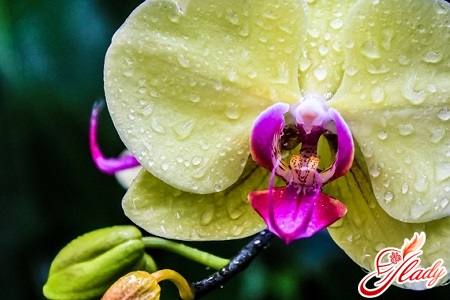
General recommendations for winter care
Orchids need water at any time of the year.ventilation. However, do not allow drafts, otherwise the plant will get sick and die. It is better to ventilate the room where orchids live during the daytime. As a rule, we place indoor plants on windowsills. Orchids are no exception. In order to avoid hypothermia of the roots, it is recommended to put pieces of foam under the flower pots. Do not forget about additional lighting. In winter, all orchids without exception need it. Backlighting should be carried out for 12 hours: from 8 am to 8 pm. You can use special lamps for this, sold in flower shops. If such equipment is not available, use ordinary fluorescent lamps. If it is too frosty outside, it is better to move the flowers on the windowsill to another place. If this is not possible, separate the window and the orchid pot with a sheet of foam. If you grow only cold-loving plants, and there is no way to take them out onto a balcony or veranda, fence them off from the room with a film. This cooling method will help you take care of the flower - it will significantly increase the air humidity. In winter, it is not recommended to spray plants, even those that do not have a pronounced dormant period. If you cannot do without spraying (for example, you need to remove pests), carry out the procedure only in the morning, and use hot water. The sprayer should be set to the finest spray, so the water will not stagnate in the axils of the leaves and at the growth point. Those types of orchids that do not hibernate can be occasionally bathed in the shower. After the procedure, leave the plants in the bathroom for a couple of hours, then bring them into the room, but do not put them on the windowsill right away - let them spend the night. And in the morning you can return them to their original place. Due to the heating on, the air humidity in the room drops, and almost all types of orchids do not like this. Be sure to humidify the air in the room! For this purpose, you can use not only a spray bottle, but also the following method:
- Buy transparent pallets (half the height of the pot);
- Pour the bottom of the pallets with large pebbles, and drill several holes along the sides (just below the pebbles);
- Pour water, on top of the pebbles, put a plastic grate and put pots with flowers;
- Periodically add water to the pallets.
This method not only increases humidityair, but also saves time on watering. However, it is only suitable for "non-sleeping" orchids. In the cold season, orchids are threatened by various pests. Chemical treatment must be carried out in a separate room, which must be ventilated after the procedure. That's all the tricks. Now you know exactly what orchid care is in winter. I would like to advise novice gardeners: at first, buy plants that are not too picky, so it will be easier for you to understand all the subtleties and nuances associated with growing these tropical beauties.




